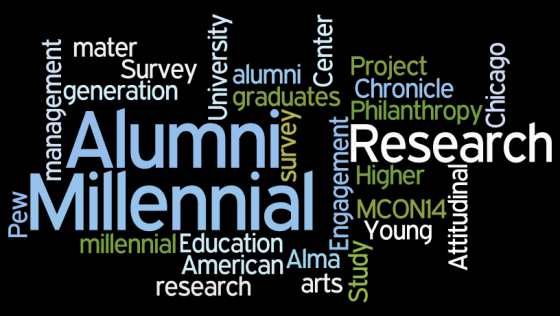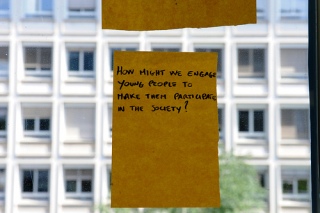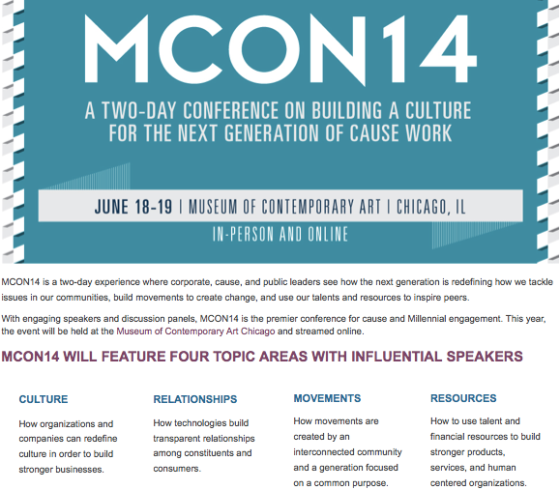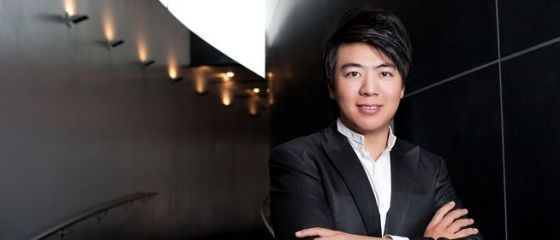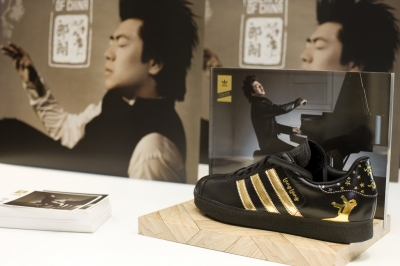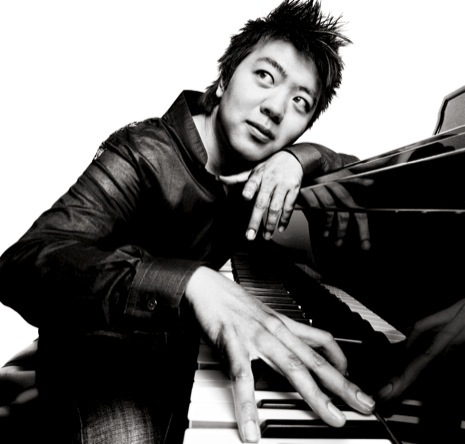My dad was diagnosed with recurrent kidney cancer in May 2014. One month ago, he lost the long battle against cancer and I lost my hero. He was the man who introduced me to classical music.
The story and legacy of my father is one of an immigrant, a medical doctor, a proud American citizen, and beloved family man. He was born in Prague, the capital of the Czech Republic (formerly Czechoslovakia), however, he was raised in Iran. He moved to Tehran, Iran with his family when he was just two years old and resided there throughout his childhood. A Methodist missionary assisted my dad in getting into college in the U.S. At the age of 18, my dad arrived in New York, and ultimately made a career as an open heart surgeon. He eventually saved up enough money to bring his mother and then his sister to the United States. His father, head of a construction company that built many bridges and roads throughout Tehran, passed away before he had the chance to touch U.S. soil.
He was known for his precision and patience in the operating room and as a medical professor. I was so moved to learn that the Chief of Cardiothoracic Surgery at UNC started a Visiting Professorship Fund in my dad’s honor. Another doctor and friend of my dad’s had driven down from his home in Virginia on three separate occasions to visit with my dad while he was ill, whom I had the pleasure of meeting at my dad’s memorial. We received numerous, touching letters from friends, family, colleagues, and family members of patients, all who had been impacted my dad’s work and life and expressing thanks and appreciation for all that he did and stood for.
My father lived a well balanced life and enjoyed so many things, including figuring out how things work and fixing things on his own; monitoring and trading on the stock market; skiing, swimming, and running; dark chocolate, nuts, coffee with cream (but no sugar), and burnt toast — his mother and sister loved their toast this way too! And boy, was he a softy for dogs! He took me to symphonies, operas, and ballets starting when I was only a child, which turned into a love of classical music that we shared. He was an opera buff and bass singer in his own right, and once upon a time, he auditioned for the MET.
My love of classical music turned into a career. I went to school for music education (instrumental) and performed for 5 years with the Wilmington Symphony Orchestra in North Carolina on flute/piccolo. Later, I went on to complete my graduate school degree in arts management in at American University in Washington, DC. Despite hours of practice and years of performing, I would always get nervous before a concert. My brother and I always admired my dad for his wisdom and the advice he offered turned into my personal and professional mantra. “Catherine, you’ve done the work…just play for the music.” This helped me focus on what mattered and enjoy the essence of classical music – the artistry, expression, and beauty of sound and storytelling through music. I had practiced the technique and done the hard work and now it was time to let the emotion of the music shine through.
One of my dad’s favorite opera singers was Maria Callas and he had always hoped for an opportunity for me to play the flute part in Casta Diva from Billini’s opera ‘Norma’. I haven’t yet had that chance, but hopefully someday I will. And in honor of my dad, I’ll make sure to play for the music.


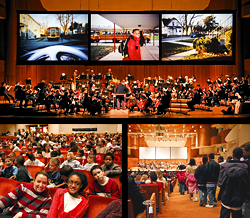

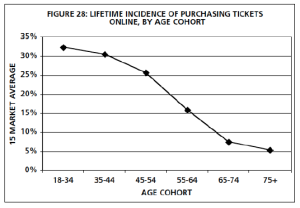
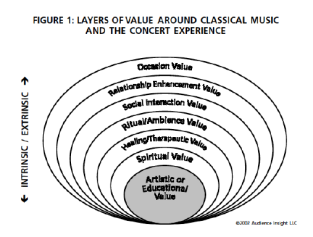 tified seven layers of value associated with attending live classical music performance by U.S. adults, including both intrinsic (artistic or educational; spiritual; healing/therapeutic) and extrinsic (ritual/ambiance; social interaction; relationship enhancement; occasion) values (pictured left).
tified seven layers of value associated with attending live classical music performance by U.S. adults, including both intrinsic (artistic or educational; spiritual; healing/therapeutic) and extrinsic (ritual/ambiance; social interaction; relationship enhancement; occasion) values (pictured left).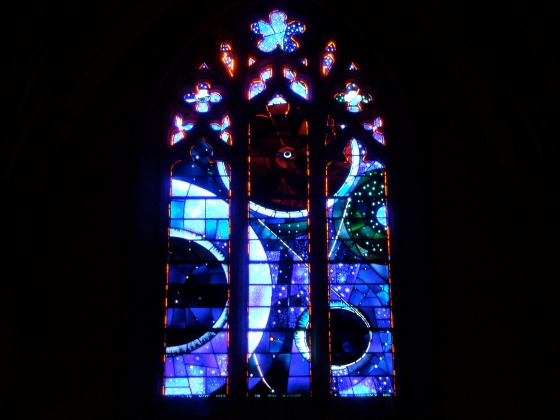
 The cultural revolution that is making marijuana part of everyday Denver life conquered another established front Tuesday as the Colorado Symphony Orchestra announced a series of performances sponsored by the cannabis industry. The concerts, organized by pro-pot promoter Edible Events, will start May 23 with three bring-your-own marijuana events at the Space Gallery in Denver’s Santa Fe arts district and culminate with a large, outdoor performance at Red Rocks Amphitheatre on Sept. 13. The events are being billed as fundraisers for the CSO, which will curate a themed program of classical music for each show. While acknowledging that the arrangement is unusual, even groundbreaking, CSO executive director Jerry Kern said the concerts will help the orchestra reach beyond its conservative, fine arts demographic while raising money for an organization that has struggled financially in recent years. “We see ourselves as connecting classical music with all of Colorado,” said Kern. “Part of our goal is to bring in a younger audience and a more diverse audience, and I would suggest that the patrons of the cannabis industry are both younger and more diverse than the patrons of the symphony orchestra.” The connection between classical music and marijuana culture is surprising on its surface. But the partnership may be logical for the CSO in particular, which has worked hard in recent years to present a more democratic lineup. It still has its Beethoven and Brahms concerts, where cellists dress in tuxedos and tradition rules, but it has been playing more contemporary music and collaborating on concerts with pop acts. Orchestra musicians are already set to play Red Rocks shows Aug. 8 and 9 with Pretty Lights, one of the biggest acts in electronic dance music, a genre widely associated with marijuana and harder substances like Ecstasy. As trumpet player Justin Bartels points out, the musicians have already smelled the waft of marijuana smoke at shows, and playing before mind-altered audiences won’t be shocking. “Denver is a different kind of city, and you have to program your orchestra for the community you’re in,” he said.
The cultural revolution that is making marijuana part of everyday Denver life conquered another established front Tuesday as the Colorado Symphony Orchestra announced a series of performances sponsored by the cannabis industry. The concerts, organized by pro-pot promoter Edible Events, will start May 23 with three bring-your-own marijuana events at the Space Gallery in Denver’s Santa Fe arts district and culminate with a large, outdoor performance at Red Rocks Amphitheatre on Sept. 13. The events are being billed as fundraisers for the CSO, which will curate a themed program of classical music for each show. While acknowledging that the arrangement is unusual, even groundbreaking, CSO executive director Jerry Kern said the concerts will help the orchestra reach beyond its conservative, fine arts demographic while raising money for an organization that has struggled financially in recent years. “We see ourselves as connecting classical music with all of Colorado,” said Kern. “Part of our goal is to bring in a younger audience and a more diverse audience, and I would suggest that the patrons of the cannabis industry are both younger and more diverse than the patrons of the symphony orchestra.” The connection between classical music and marijuana culture is surprising on its surface. But the partnership may be logical for the CSO in particular, which has worked hard in recent years to present a more democratic lineup. It still has its Beethoven and Brahms concerts, where cellists dress in tuxedos and tradition rules, but it has been playing more contemporary music and collaborating on concerts with pop acts. Orchestra musicians are already set to play Red Rocks shows Aug. 8 and 9 with Pretty Lights, one of the biggest acts in electronic dance music, a genre widely associated with marijuana and harder substances like Ecstasy. As trumpet player Justin Bartels points out, the musicians have already smelled the waft of marijuana smoke at shows, and playing before mind-altered audiences won’t be shocking. “Denver is a different kind of city, and you have to program your orchestra for the community you’re in,” he said.